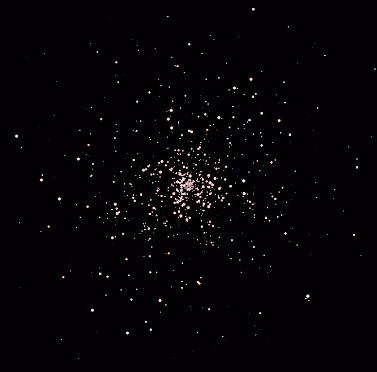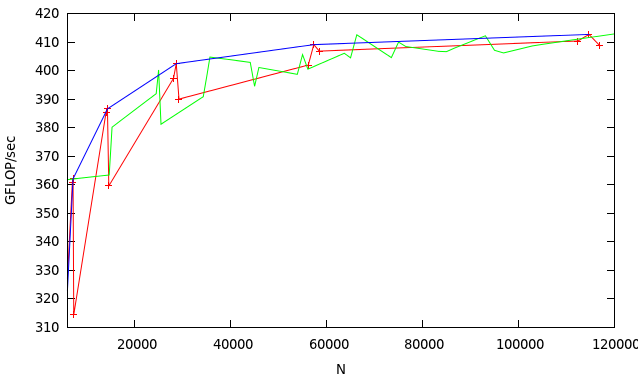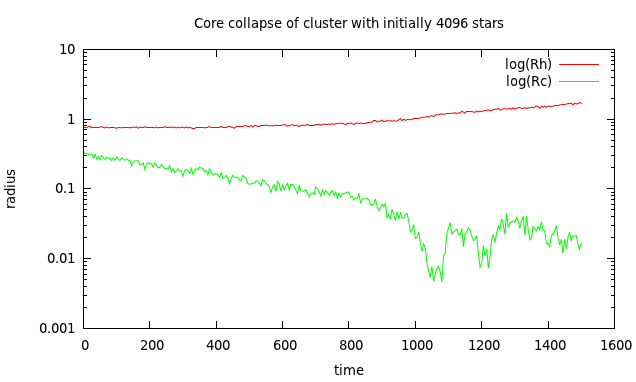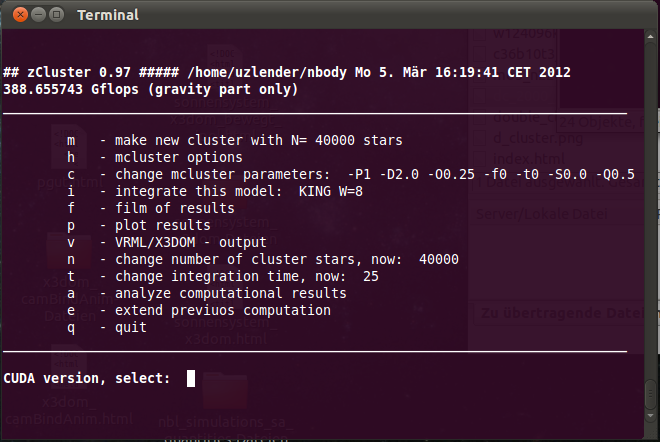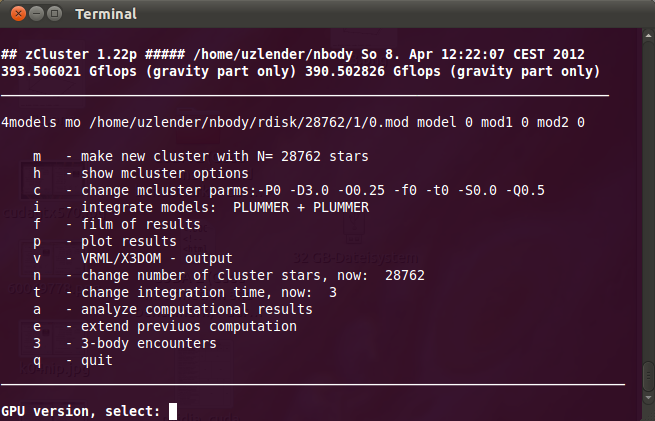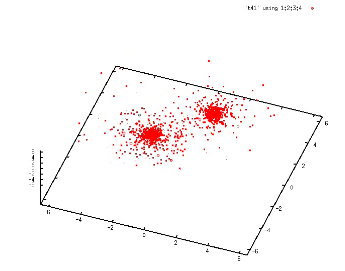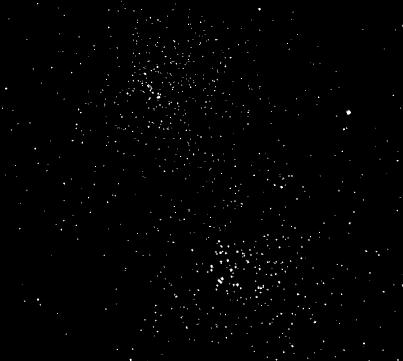of
Globular Clusters
While I observed the bright, rich
globular clusters M15 and M2 in autumn 2011, I wondered how the
trajectories of stellar members might look in such a
million body system. I assumed a somehow chaotic appearance. Not
quite sure, I decided to make computer models for such systems to gain
some insight.

M15 image from 2010/10/10
The ~150 globular clusters in our Galaxy are among the oldest objects
known. How could they survive as stable objects over times of more than
12 billion years? I previously had read about a core collapse and
a black hole in the center of M15, but I was suprised to read what a
complex system such a cluster is. Read:
A Thousand Blazing Suns: The Inner Life of Globular
Clusters.

M15 image from 2010/10/10
Other galaxies have globular clusters as
well. With a midrange Dobsonian it is possible to observe the brightest
in M31, the nearby Andromeda Galaxy. One of the most impressive images
I
have seen yet, is from William E. Harris' website. About 16000
globular clusters in the halo of giant elliptical galaxy NGC 3311, the centrally dominant cD
galaxy in the Hydra I cluster.
Clusters from Starlab
A star cluster is composed of N
bodies
interacting with each other due to the gravitational force of every
other
body in the system.
It is not easy to find a starting configuration for a cluster close to equilibrium. Two solutions are commonly used, Plummer's model (1911) or King's model (1966). All models below have the same number of stars, N = 4096.
It is not easy to find a starting configuration for a cluster close to equilibrium. Two solutions are commonly used, Plummer's model (1911) or King's model (1966). All models below have the same number of stars, N = 4096.
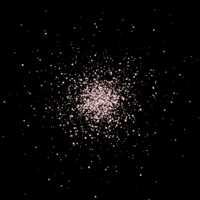
Plummer's model above is favored under theoretical aspects, because more than a dozen characteristic functions can be used to describe it.
King's model comes closer to observed globulars. The 3 images below show increasing stellar concentration towards the center, which is controlled here by a single parameter w, which measures the radius of the clusters halo in units of the core radius.
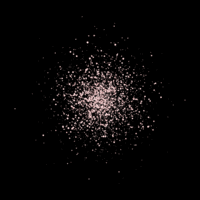
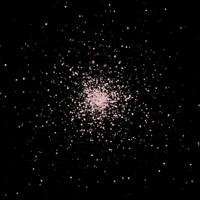
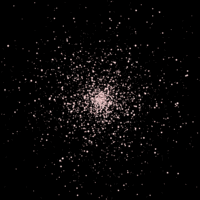
w = 3 w = 7 w = 11
Following the evolution of such a system means to integrate directly the N individual equations of motion, this is the N-body approach.
It is not advisable to start this numerical work from scratch, using Runge-Kutta integrators or something comparable. It took decades to develop state of the art methods, used in special software like NBODY4, NBODY6 or the starlab-code which is used here.
Although a real globular cluster has about ten to hundred times more stars than the modells below, you will get an impression about the dynamics. It might be interesting to note, that clusters of a million members, consisting of a realistic fraction of binaries are still beyond reach of current computer power. Special treatment is used for close encounters and binary or multiple subsystems that form either dynamically or exist in the initial configuration.
Six examples of three body encounters. In all cases a binary (m1=0.55, red and m2=0.45, green) and a field star (M=0.77, blue) interact in a more or less complicated way. In the first and second case the configuration is preserved. In all other cases the original binary is disrupted and the light m2 component (green) escapes. With a gain in kinetic energy=velocity it often leaves the cluster. Frequency of close interactions is highest in dense regions. The rearrangement of energies among the participants in many cases enables the binary to leave the core also. This is a mechanism to delay, prevent or reverse a core-collaps (see below).
If such an exchange process happens in the cluster's core, chances are good, that a fresh formed couple consists of a main-sequence star and a heavy, compact object like a white dwarf or a neutron star, which dominate the stellar population in this region. The dynamical interaction between the partners, mass transfer in close binary systems causing enforced stellar evolution ..., enriches the core region with all sorts of relativistic binaries.
Stellar and binary evolution, concentration of massive stars in the core, stellar collisions in crowded regions, possible presence of a central black hole and the tidal field of the Galaxy must also be considered, when the model should give a realistic match to an existing globular.
The following videos are best viewed
in full screen
mode. Works with Firefox and Chrome, Internet-Explorer will offer a download ...
A larger globular cluster:
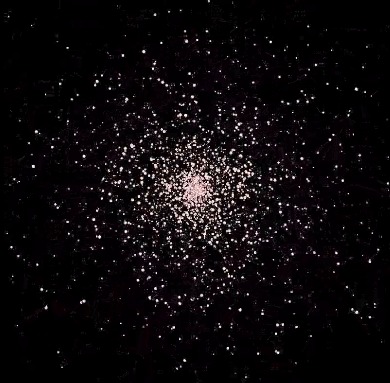 King
W12, 4096 bodies, t=0..15
King
W12, 4096 bodies, t=0..15





